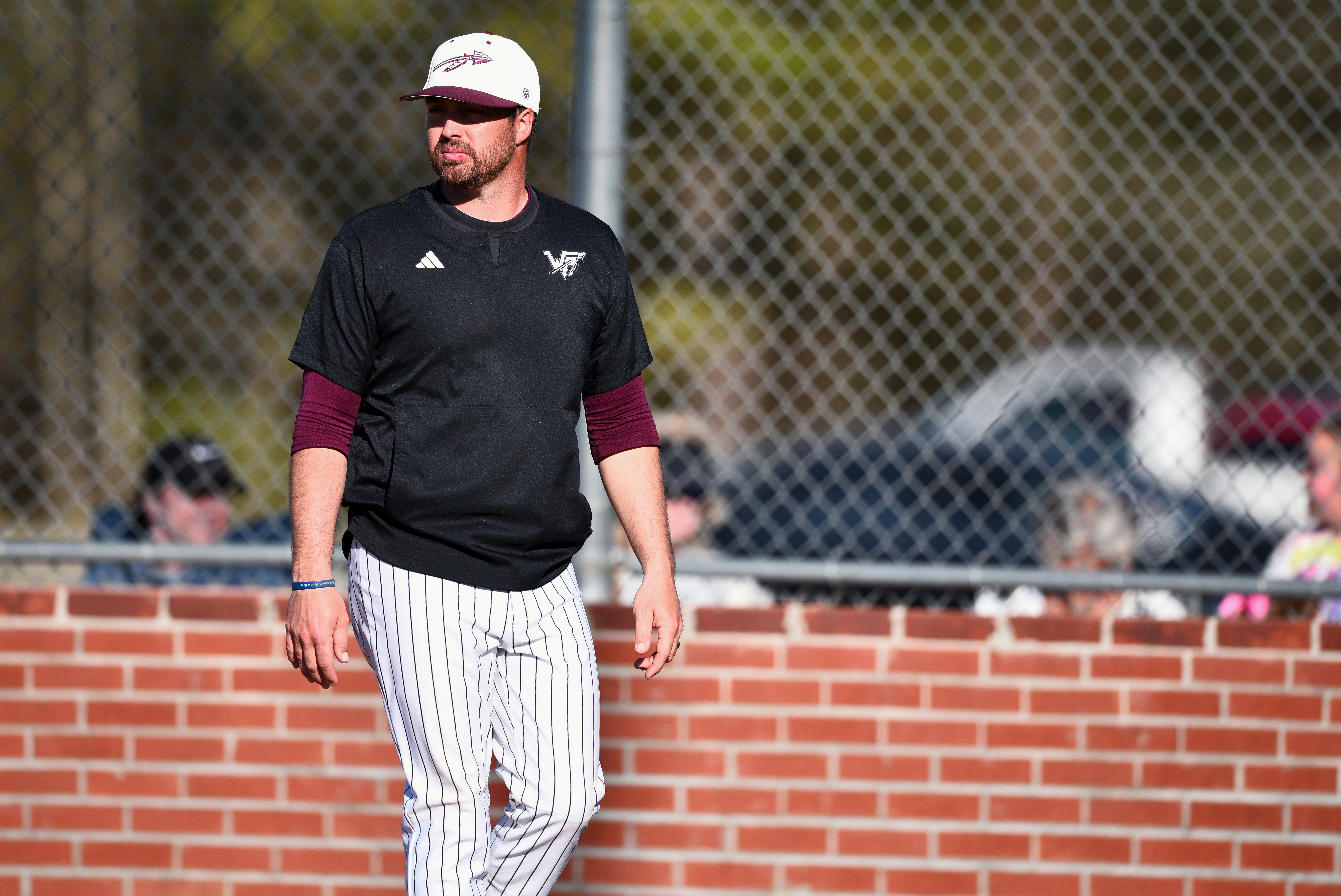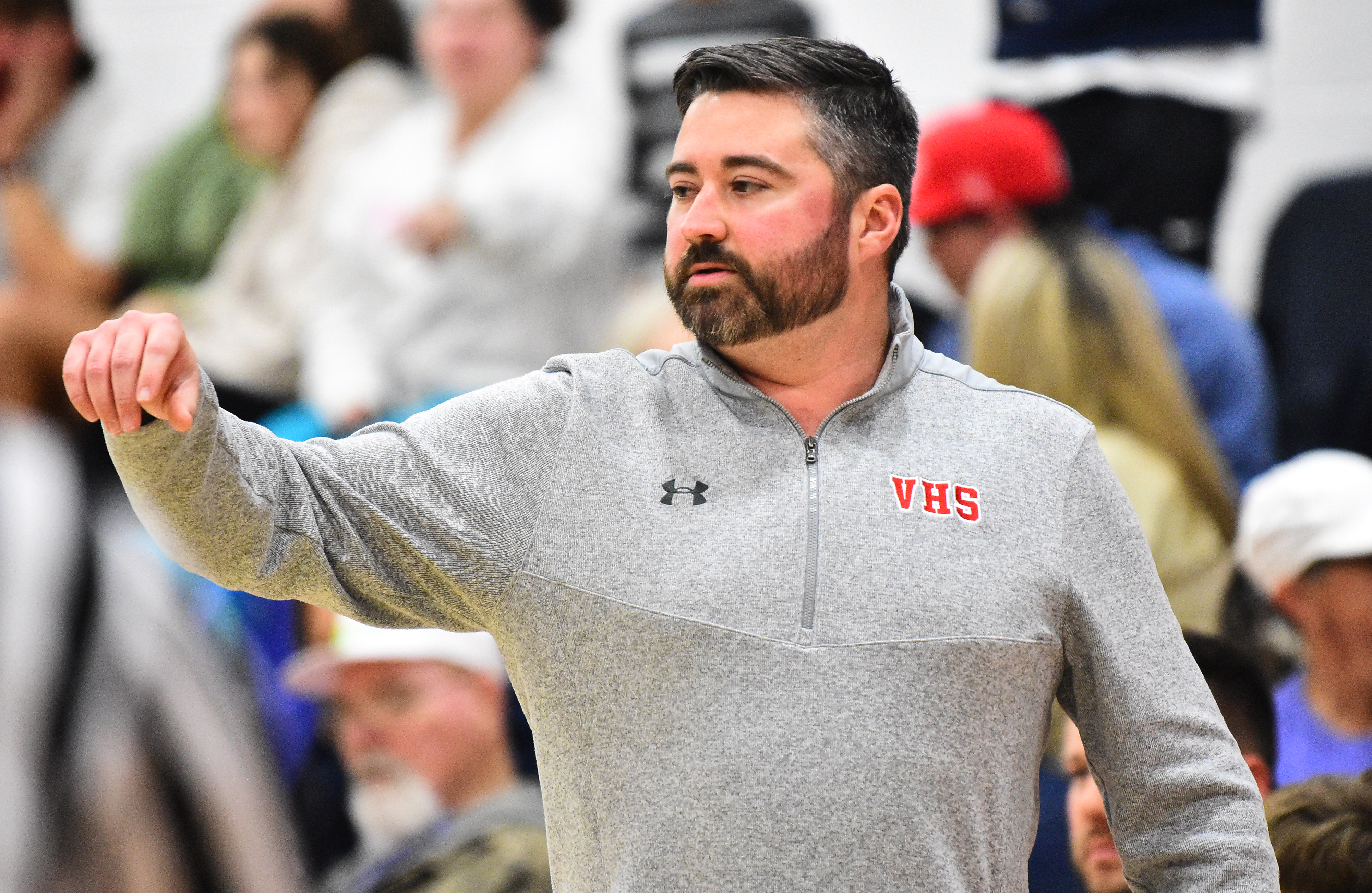Good Hope looking for cost effective sewer line fix
Published 5:00 am Tuesday, February 11, 2020

- Good Hope Mayor Jerry Bartlette, middle, speaks with Councilman Greg Brown and Councilwoman Susan Eller before a Sept. 2019 meeting.
GOOD HOPE — The City of Good Hope has spent several years dealing with problems at its sewer pump station on Super Saver Road, but a solution to the issues may be coming.
During Monday night’s meeting of the Good Hope City Council, Mayor Jerry Bartlett said the city installed 38 horsepower motors in the pump station in preparation for any growth that comes on the Exit 305 interchange, and the problems that have been occurring are with the line that connects to a nearby trailer park.
That line is only a 3-inch line — much smaller than the 6- or 8-inch lines that are usually used, he said.
The strong motors are putting a lot of pressure on the small line, which has caused it to burst in several areas, said Living Water Services General Manager Tyler McKeller.
“It’s beating itself to death right now,” he said. “It’s just putting a ton of pressure on that line and it just can’t handle it.”
Bartlett said the station first came online in 2014 or 2015, and several portions of the line have burst and had to be replaced in the meantime.
“We’ve spent a ton,” he said.
McKeller said a complete replacement could be could be necessary in the future, but because the line runs right next to the road and is surrounded by other utilities, it would likely be very expensive to the city.
“It would not be cheap just because of where it’s at,” he said.
Because a replacement of the line would come with a considerable price tag, Living Water Services is trying to find a better way to solve the problem, McKeller said.
“We’re trying to find the most cost-effective solution to mitigate this problem now rather than just saying, ‘Well let’s just pick it up and replace it with 8-inch line,’” he said.
One possible solution could come with the installation of air relief valves at the highest point of the line, and Living Water Services is investigating and crunching the numbers to determine if that is the proper course to take, McKeller said.
He said more issues could crop up if the air is bled out of the lines and causes the pump station’s motors to work better and put more pressure on the line, so the matter is still being investigated before any decisions are made.
“We’re trying to be thorough before we just go do something,” he said. “You don’t want to spend $3,000 or $4,000 on air reliefs and then have one of these burn out and cost you $12,000 to repair.”





